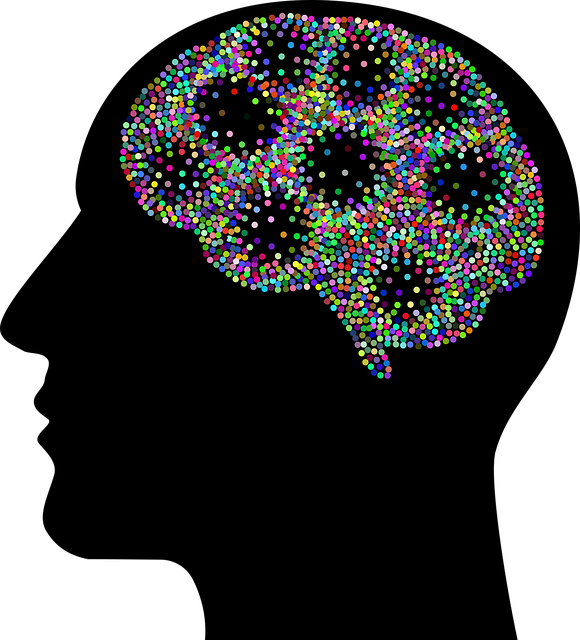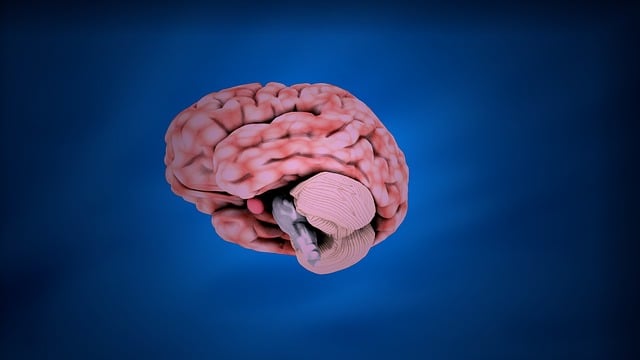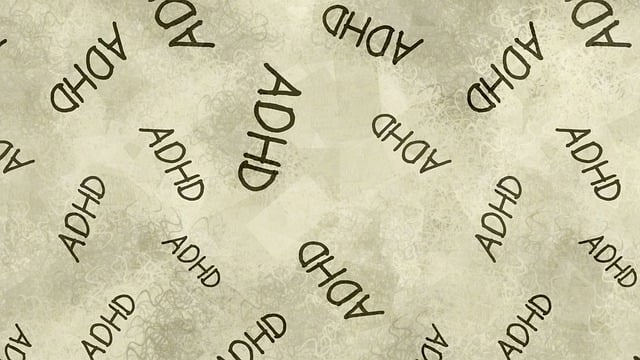Risk assessment is vital for therapy in chronic illness management, guiding personalized care plans that holistically improve quality of life by addressing physical and emotional aspects. This involves evaluating environmental hazards, patient vulnerability, and harm likelihood. An integrated approach combines risk assessment with empathy-building strategies like mental health education and mood management techniques. Effective harm minimization plans tailor therapeutic modalities (e.g., CBT, mindfulness) and group support networks to empower patients, focusing on self-care routines for enhanced well-being. Regular review ensures plan adjustments as needs evolve. Organizations should foster continuous improvement through policy updates, research integration, and patient feedback, along with mental health advocacy and wellness initiatives like podcast series.
Risk assessment and harm minimization are essential components of effective therapy for chronic illness management. This article guides you through crucial steps, from understanding risk assessment techniques to developing a comprehensive harm minimization plan. We explore implementation strategies and continuous improvement methods tailored to chronic illness contexts. By delving into these topics, healthcare professionals can enhance patient outcomes and ensure safe, evidence-based care.
- Understanding Risk Assessment for Chronic Illness Management
- Developing a Comprehensive Harm Minimization Plan
- Implementation and Continuous Improvement Strategies
Understanding Risk Assessment for Chronic Illness Management

Risk assessment plays a pivotal role in managing chronic illnesses effectively. It involves a comprehensive evaluation of various factors that could potentially lead to adverse outcomes for patients. By meticulously analyzing these risks, healthcare professionals can tailor therapy for chronic illness and develop targeted interventions. The process encompasses identifying hazards within the patient’s environment, assessing vulnerability, and understanding the likelihood and impact of potential harm. This proactive approach ensures that care plans are not just reactive but preventive, fostering a holistic improvement in the patient’s quality of life.
Incorporating empathy-building strategies alongside risk assessment is instrumental. Mental health education programs design interventions that not only address physical symptoms but also nurture emotional well-being. Mood management techniques, for instance, can empower individuals to cope with their chronic condition, enhancing their sense of agency and overall resilience. Such an integrated approach recognizes the profound impact of mental health on chronic illness outcomes, underscoring the importance of a multifaceted strategy in therapy for chronic illness.
Developing a Comprehensive Harm Minimization Plan

In developing a comprehensive harm minimization plan, especially for individuals managing chronic illnesses, therapy becomes an integral component. This involves tailoring therapeutic approaches to address the unique challenges posed by long-term health conditions. A holistic view considers not just physical symptoms but also psychological and social aspects, ensuring that patients receive multifaceted support. Therapy for chronic illness can include various modalities such as cognitive-behavioural therapy (CBT), mindfulness practices, and group support networks, which empower individuals to navigate their health journey effectively.
The plan should also focus on self-care routine development for better mental health, incorporating mind over matter principles and stress reduction methods. By fostering resilience and promoting healthy coping mechanisms, individuals can better manage their chronic conditions. This involves learning and practicing techniques that enhance overall well-being, ensuring a more balanced and fulfilling life despite the illness. Effective harm minimization plans are dynamic and require regular review, allowing for adjustments as the individual’s needs evolve.
Implementation and Continuous Improvement Strategies

Implementing risk assessment and harm minimization strategies for therapy for chronic illness requires a multifaceted approach. Organizations should foster a culture of continuous improvement by regularly reviewing and updating policies based on emerging research, technological advancements, and patient feedback. This proactive mindset ensures that interventions remain effective and aligned with the evolving needs of those managing chronic conditions.
Integrating Mental Health Policy Analysis and Advocacy into this framework facilitates informed decision-making. Regularly examining best practices from around the globe and advocating for evidence-based policies can enhance access to quality care. Additionally, producing a Mental Wellness Podcast Series Production centered on mindfulness meditation techniques can empower individuals to actively participate in their therapy, complementing traditional treatments and contributing to overall mental wellness.
Risk assessment and harm minimization planning are vital components of effective therapy for chronic illness management. By understanding the risks involved, developing comprehensive strategies, and implementing continuous improvement, healthcare providers can significantly enhance patient outcomes. These practices ensure that care plans are tailored to individual needs, minimizing potential harms while maximizing benefits, ultimately leading to improved quality of life for those managing chronic conditions.









